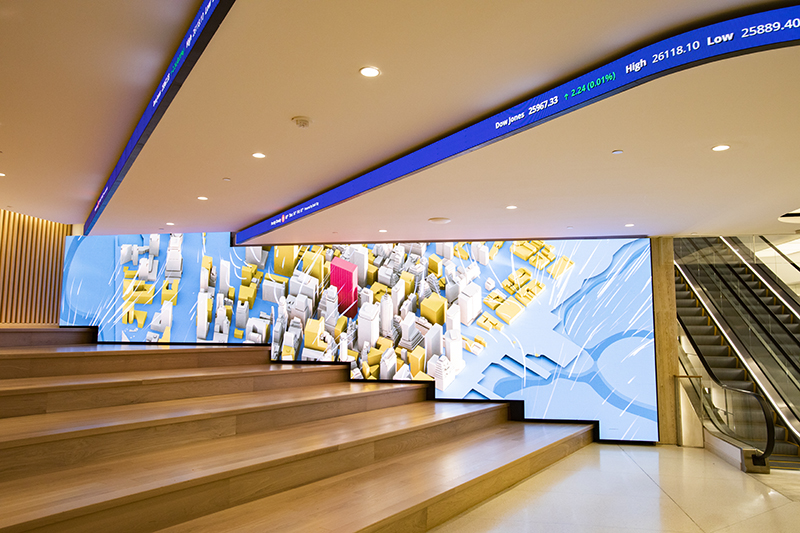Exploring How Definition Affects the Performance and Aesthetic Quality of LED Screens in Modern Exhibition Techniques
Exploring How Definition Affects the Performance and Aesthetic Quality of LED Screens in Modern Exhibition Techniques
Blog Article
LED walls are becoming increasingly popular in different environments, from musical events and sports events to business displays and creative installations. One of the most important factors that affect the performance and visual clarity of these displays is resolution. Resolution refers to the number of pixels that compose the visual on the screen. Higher resolution means additional pixels, which can lead to sharper and crisper images. Understanding how resolution affects LED walls can help users make knowledgeable choices about their screen requirements.
When talking about image clarity, it is crucial to take into account picture pitch, which is the gap between the midpoint of one picture element to the midpoint of the next picture element. A reduced picture spacing yields a higher resolution, allowing for additional clarity in the visuals shown. For example, an LED screen with a picture pitch of 1.5mm will offer a sharper image than one with a pixel pitch of 3mm. This is particularly crucial in environments where audiences are near to the display, such as in a compact location or a exhibition show booth. In these cases, a greater resolution can greatly improve the observing quality.
Another aspect of image clarity is its effect on color accuracy and luminosity. LED screens with higher resolutions often have better color rendering, indicating that the colors displayed are more lively and realistic. This is essential for uses like advertising, where the goal is to attract interest and convey you could try here a concept effectively. Additionally, higher image clarity screens can preserve luminosity levels even when seen from different angles. This is important in big venues where audiences may be positioned at different distances and positions from the display.
The functionality of LED walls is also affected by resolution in terms of update frequencies and reaction durations. A greater image clarity screen can handle quicker refresh frequencies, which is essential for dynamic content such as videos and animations. This means that the images on the screen will appear smoother and more fluid, enhancing the total viewing quality. In comparison, reduced image clarity screens may have difficulty with fast-moving material, resulting in fuzziness or delay. Therefore, for occasions that depend on dynamic visuals, selecting a screen with a appropriate resolution is vital.
In conclusion, resolution plays a vital role in determining the performance and visual quality of LED walls. Elements such as picture spacing, color precision, luminosity, update frequencies, and reaction times all affect how efficiently a screen can communicate data and capture audiences. As technology continues to progress, understanding these elements will help users choose the appropriate LED screen for their particular needs, ensuring that they achieve the best possible outcomes in their displays and occasions.